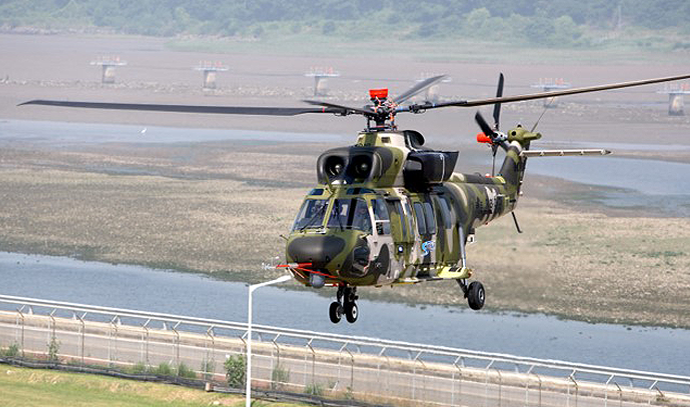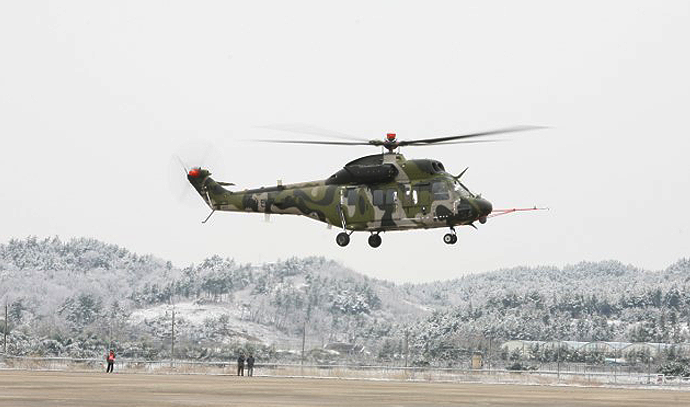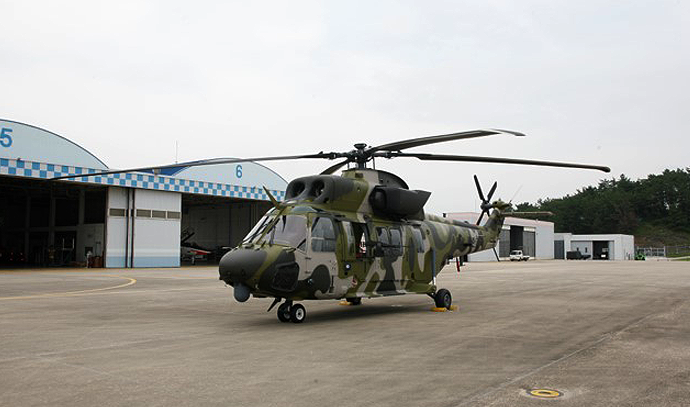

As the primary organization in the Korean Helicopter Program (KHP), the Korea Aerospace Research Institute (KARI) led the development and localization of 18 core components for both military and civilian use in collaboration with domestic and international partners and universities. These included the main/tail rotor, engine, auxiliary power unit, fuel system components, accumulator, hydraulic pump, landing gear, and air data system, thereby contributing to the deployment of the Surion helicopter for military operations.
The whirl tower test facility established at KARI’s Goheung Aerospace Center has been used not only for the development but also for the production phase of the Surion main rotor, significantly contributing to the growth of Korea’s helicopter industry.
The objective of the Korean Helicopter Program extended beyond simply producing a utility helicopter. It also aimed to establish a complete training and logistics support system, including simulators and maintenance training devices. This included a simulator, maintenance training devices, a complete training system, a wide range of testing equipment, and electronic manuals. To ensure the success of the project, a total of KRW 1.296 trillion was invested as a national initiative. Participating companies for each component also shared part of the development costs to maximize their commitment to successful development.
Three key organizations participated in the program: Korea Aerospace Industries (KAI), which handled system design and integration; the Agency for Defense Development (ADD), responsible for developing mission equipment; and KARI, responsible for dual-use core components. Each organization worked with various domestic and international partners to fulfill its specific role in the development.


